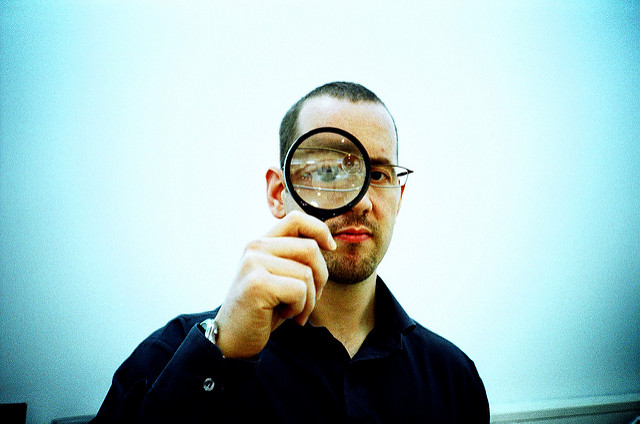The rise of social media has made the spreading of misinformation easier and faster than ever before. Here’s how journalists can stop the publication of fake news.
BY MARY McEACHERN
Not all articles are created equal. Fake News is nothing new, despite Collins Dictionary naming it word of the year in 2017. Fake News has been around since journalism began, but what can journalists do now to make sure their facts are straight?
Journalists Need Accuracy Above All Else
At its core, journalism is the conveying of information. It has the ability to shape people’s beliefs and opinions. It can open a reader’s mind to experiences half a world away, build a person’s legacy or destroy a reputation. One article can start a worldwide revolution; so it’s important to get the facts straight.
Even a post on Twitter or Facebook should be backed up by a reliable source. If a fact can’t be verified, no matter how much it’s trending online, leave it out of the story. A good journalist fact-checks everything.
Fake News Travels Faster than Truth
In an article for The Atlantic, Robinson Meyer looks at a recent study done by MIT into the spread of Fake News on Twitter.
‘Falsehoods almost always beat out the truth on Twitter, penetrating further, faster, and deeper into the social network than accurate information,’ Meyer states in his byline.
This is why getting the details correct the first time is vital. Once a story hits the Internet, fake or real, the damage is done.
Use at least two sources that can be verified. When possible use a primary source over a secondary source.
Writers Must Sort the Facts from Opinions
Is the information fact or opinion? There is no such thing as alternative facts. Experts can have differing opinions and draw different conclusions about data, but a fact is a fact.
When there are as many opinions on a subject as there are experts, use multiple experts. Just be certain the reader is aware the information presented is an interpretation of the facts, and not necessarily the facts themselves.

Research the Research
Don’t be afraid to check an expert’s credentials. In her book The Chicago Guide To Fact-Checking, Brooke Borel states,
‘Ask yourself: How do I know this person is telling the truth? Do they have anything to gain from stretching the facts or telling an outright lie…’
If using articles and online sources be sure to check the website and determine who is providing the information and the motive behind it. Is the information well balanced and unbiased? Or is the source trying to sway people in one direction or another? Reliable fact-checking sites like Snopes or Factcheck.org can help determine fact from fiction.
If a journalist gives the reader false information, whether or not it’s intentional, it can appear a journalist is trying to mislead the reader and influence their opinion.
With politicians attacking the integrity of journalists, and labelling every unflattering story about them as fake, accuracy is a journalist’s greatest defence. Good journalism is built on facts.
About the Author
Mary McEachern is a writer and full-time Mum. She has lived in Ireland, Canada and Scotland before landing with her chef husband in New Zealand.
A Jill of all trades, she can pour a perfect pint of Guinness, makes a mean flat white and has worked in costume departments from Toronto to Christchurch. Her writing reflects her varied interest and covers everything from parenting hacks to politics.
Main photo credit: Flickr.com/Jonny Hughes














